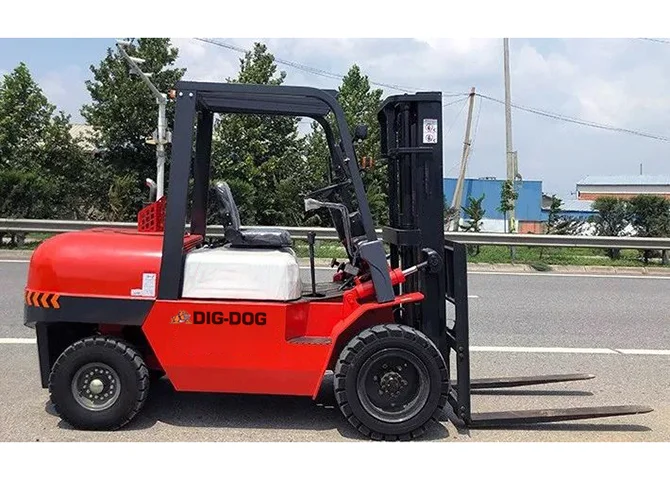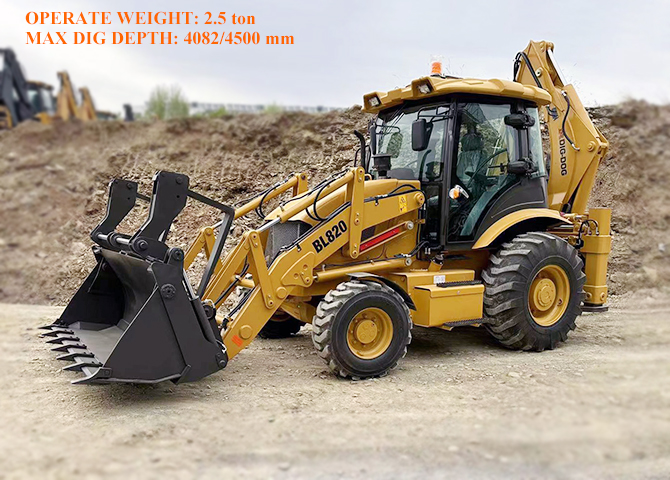Practice Proper Track Maintenance
A defining feature of stand-on skid steers is their track system. These systems have their own unique maintenance needs, which if properly addressed, can mean the difference between having a machine that’s ready for your next jobsite rather than one that’s out of commission. To help maximize the uptime and readiness of your stand-on skid steer fleet, make sure your track maintenance includes these action items:
Confirm proper track tension: Separation of the track rubber from the track system is the most common cause of downtime for stand-on skid steers. On machines that use a grease-based track-tensioning system, you use a special gauge to check track tension. On machines that use a bolt to tension the track rubber, make sure the bolt is screwed in securely to achieve the proper tension.
Monitor track rubber condition: Checking the wear on a stand-on skid steer’s track rubber can help you avoid downtime. Watch for exposed cords in the rubber. If you see them, then there are likely broken cords within the rubber, which makes it more difficult to properly tension the track and can lead to the track rubber falling off.
Check sprocket wear: If you notice the teeth on the sprockets are becoming smaller, then it’s time to replace them. And while you’ll likely discover this issue with a visual inspection, you can also hear it. Narrow sprocket teeth can cause the track system to make loud clicking noises when the sprockets become misaligned with the track rubber.
Check the roller bearing play: If the bearing play on a stand-on skid steer’s rollers becomes loose, dirt and debris can get into the rollers and damage the bearings. To avoid this, lift the machine off the ground and check the rollers after about every 50 hours of machine runtime.
Clean the track system: Routine cleaning of your stand-on skid steer’s track systems can help prevent dirt and debris from getting into the rollers and damaging them. To help keep track systems clean and issue-free, wash them with a hose on a weekly basis.
In addition to routine maintenance, proper machine operation will reduce track wear and tear. Stand-on skid steers are best suited for use on soil-based jobsites that have minimal rocks and debris.
Operating the machines on concrete or asphalt can accelerate wear on the rubber track. If it’s necessary for a job, make sure you and your crew are familiar with how to run the machines with care on these surfaces, such as by avoiding sharp and quick turns.
Also, avoid driving the machines with their track edges pressed against hard walls or curbs. Similarly, drive over curbs slowly, because driving over curbs at full speed can stress and damage the track system’s rollers. You should also avoid operating the machines on corrosive materials like salt and fertilizer.
Understand Hydraulic System Maintenance
Another important maintenance item to note is that all stand-on skid steer attachments and tracks are, in part, powered by the hydraulic system. Issues with the hydraulic system can cause major complications with attachments, tracks and general machine operation.
One recommendation to keep in mind is to make sure that the flow rate of the hydraulic system matches what is needed to operate the attachment. An incorrect match can reduce the efficiency of the attachment.
This mismatch goes beyond a hit to productivity, as the attachment will consistently not operate as designed, decreasing the hydraulic efficiency of the attachment. Issues with the compatibility of an attachment and the unit can also cause immediate downtime. For example, if a low-flow attachment is put on a high-flow hydraulic system, the machine’s system can overpower the attachment, causing motor seal failure and immediately stopping operation. Once the attachment or stand-on skid steer is damaged, productivity and project failure are not far off.
An Ounce of Prevention Is Worth a Pound of Maintenance
Keeping attachments and tracks in working order and maintaining a regular maintenance schedule for hydraulic systems directly impacts the productivity of a stand-on skid steer. When operating properly, the stand-on skid steer delivers exceptional performance, productivity and ROI for a wide variety of jobsites — from compact landscaping to larger underground construction jobs.
 A Ultimate Guide to Clamp Forklifts and Attachments
A Ultimate Guide to Clamp Forklifts and Attachments
 How To Choose The Right Compact Wheel Loader
How To Choose The Right Compact Wheel Loader
 How Much Does a Forklift Weigh?
How Much Does a Forklift Weigh?
 How Much Does a Backhoe Weigh
How Much Does a Backhoe Weigh